Few segments have expanded as rapidly in recent years as subcompact crossovers, and although the 2020 Honda HR-V certainly remains competitive, the deluge of newer alternatives makes it a lot harder to recommend. That was made clear to us last year when the HR-V participated in a four-car comparison test with the Hyundai Kona, Jeep Renegade and Kia Soul. Each offers a different take on the segment, but in general, we found Honda's entry to be deficient in key basic areas where those competitors are clearly superior. Notably, that would be the HR-V's antiquated and finicky tech interface as well as its slow and droning powertrain.
So broadly speaking, the HR-V isn't the strongest subcompact crossover choice. However, its unmatched interior versatility gives it something that should specifically be appealing to those looking to downsize their SUV or, from the opposite direction, seeking a bigger, more practical vehicle that doesn't break the bank. Only the Nissan Kicks comes close to matching the HR-V's cargo versatility, but the Nissan's lack of all-wheel drive will inevitably limit its appeal. As such, considering the HR-V is a must, but so too is checking out the competition.
What's new for 2020?
After a host of updates last year, the HR-V is unchanged for 2020.
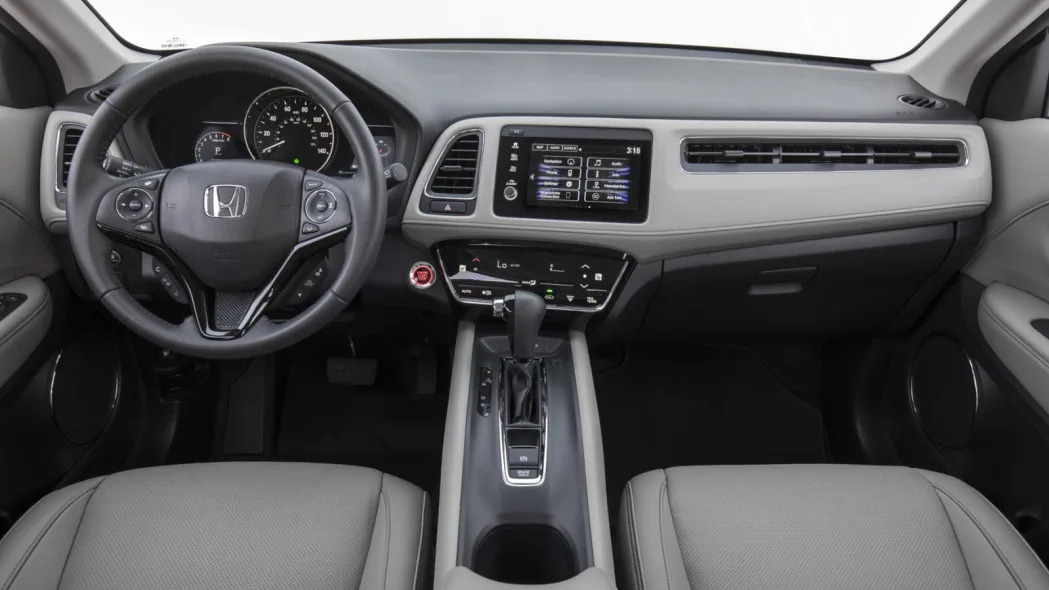
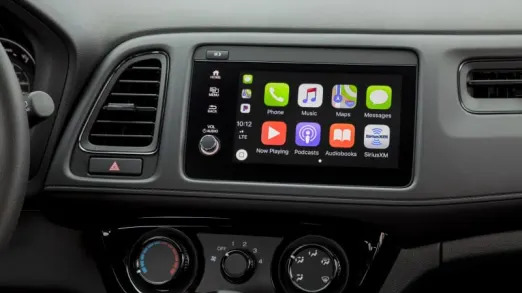

What's the HR-V's interior and in-car technology like?
The HR-V's cabin is distinctive in the Honda SUV family as it skews a little more toward form than function. The rising "floating" center console that can be wrapped in padded simulated leather looks great, as do the unique touch-operated climate controls. Materials quality is excellent for this budget segment, and in general, we think this is one of the more attractive and well-made interiors in the segment.
The same cannot be said for its infotainment system. Sure, Honda added a volume knob to the available touchscreen last year, but that previous omission wasn't the system's only flaw. It's still a bit slow, and the menu structure convoluted. You only need to look inside an Accord to see what Honda infotainment is capable of. Along with that touchscreen, all but the base LX trim come with two USB ports (inconveniently located under that floating center console), Apple CarPlay, Android Auto and a variety of smartphone apps through HondaLink.
How big is the HR-V?
Here is where the HR-V really shines, because even if it's not that big on the outside, it makes the most of what it has with the largest and most versatile interior of the segment. This is thanks to the "Magic Seat" it borrows from the mechanically related Honda Fit, a 60/40-split back seat that folds completely flat and super-low into the floor. This results in a best-in-class 24.3 cubic feet of cargo space with the seats raised (FWD) and 57.6 cubic feet with them lowered. As you can see by that big teal chair stuff into the back in the below photo, it's a truly large, useful space that's not only better than other subcompact SUVs, but larger ones as well. That's not the end to the "magic," however. The 60/40-split bottom also flips up, allowing you to store things (or four-legged friends) across an ultra-long rear footwell.
Up front, those of above-average height will struggle to get comfortable behind the wheel due to a driver seat that doesn't slide far enough back or dip far enough down. There is thankfully an eight-way power driver seat available that should at least partially rectify this, but it's exclusive to the top trip level.
One other dimensional consideration: ground clearance. The HR-V's modest 7.3 inches with front-wheel drive and 6.7 inches with all-wheel drive is as good or better than many competitors, but it's also not well-suited to actually venturing off the beaten path (its unsophisticated all-wheel-drive system doesn't help on that front, either). A Subaru Crosstrek or Jeep Renegade would be a better choice for those intending to get their little SUV a bit dirty.
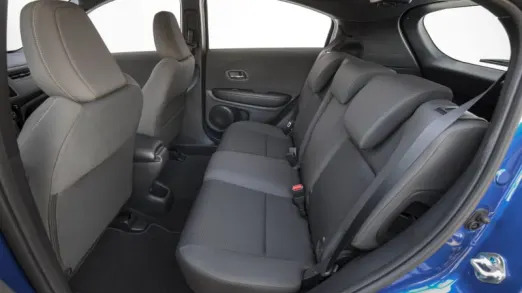
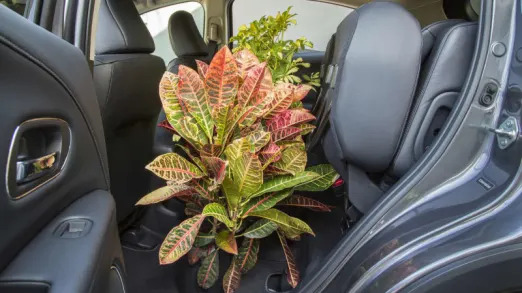
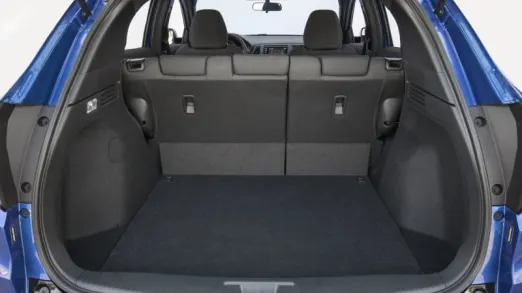
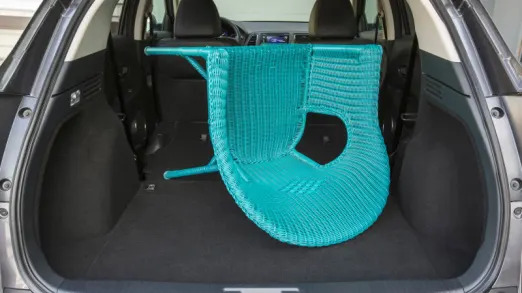
What's the HR-V's performance and fuel economy?
The situation under the HR-V's hood is pretty simple. Every version comes with a 1.8-liter inline-four that produces 141 horsepower and 127 pound-feet of torque, one of the lowest outputs in the segment. Front-wheel drive and a continuously variable transmission (CVT) are standard, while all-wheel drive is an option.
The front-drive HR-V returns an estimated 28 mpg city, 34 mph highway and 30 mpg combined, making it one of the thriftiest in the segment. All-wheel drive lowers those estimates to 26/31/28 in most trim levels. The base LX basically gets 1 mpg better.
What's the HR-V like to drive?
The HR-V is very slow. Stand on the accelerator as hard as you want, but you’ll still be waiting, and waiting some more, for it to reach highway speeds while the CVT keeps the engine groaning at high rpm. Even though Honda actually improved the CVT last year, we remain unimpressed with this combination of engine and transmission.
This is a shame since the HR-V is otherwise a competent little SUV to drive. Once up to speed, it handles well and is happy to keep up the pace through a curvy road. Corners are taken with relative poise, and the steering is precise. Meanwhile, ride comfort is better than most, as are wind and road noise.
What more can I read about the Honda HR-V?
Comparison Test: Honda HR-V vs Hyundai Kona, Jeep Renegade and Kia Soul
Our editors put the HR-V to the test against a trio of its prime competitors, and find it falls short of all of them.
What features are available, and what's the HR-V's price?
Pricing starts for the 2020 HR-V at $21,915, including the $1,120 destination charge. All-wheel drive is a $1,500 option on all trim levels but the Touring, which has it standard.
The base LX is sparsely equipped with standard 17-inch alloy wheels, the "Magic" back seat, cloth upholstery, and a four-speaker sound system that includes a USB port, a media player interface and a faceplate with a large display, buttons and knobs.
From there, HR-V pricing remains quite reasonable, as the Sport ($23,615) and EX ($25,065) add a considerable amount of extra equipment for really not that much money. That includes Honda's 7-inch touchscreen with Apple CarPlay and Android Auto. We would recommend going with the EX, though. It doesn't have the snazzy gloss-black exterior trim pieces or a leather wrapped steering wheel, but it's the first HR-V to get the Honda Sensing suite of accident avoidance tech (see safety section below) plus a variety of other niceties.
The EX-L ($26,665) and Touring ($29,985) don't add a wealth of equipment, but they still come in under the range-topping versions of many competitors, which can cross the $30,000 threshold.
You can see a full breakdown of features, specs and local pricing here on Autoblog.
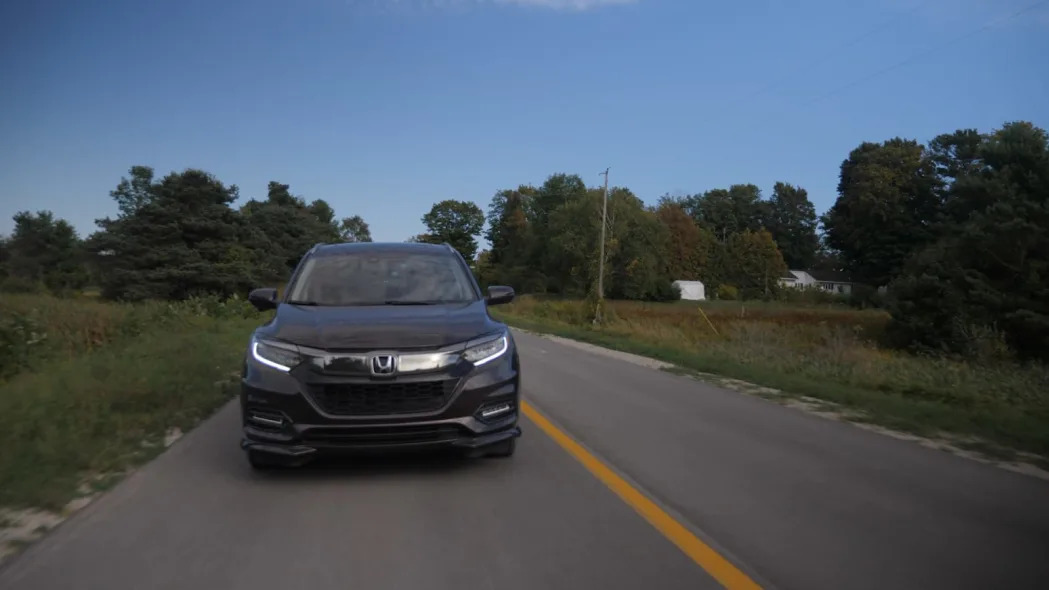
What are HR-V's safety equipment and crash ratings?
The HR-V LX and Sport come with the usual assortment of airbags and stability control, but accident avoidance tech doesn't come standard until the EX. That, plus the EX-L and Touring, get forward collision warning, automatic emergency braking, lane-keeping assist, and Honda's LaneWatch blind-spot warning camera.
In government crash tests, the HR-V receives five out of five stars for overall and side protection, plus a four-star rating for frontal protection. The Insurance Institute for Highway Safety named it a Top Safety Pick due to its best-possible crash ratings and a top score of "Superior" for the optional forward collision avoidance tech. Its headlights received a variety of ratings depending on trim level, though none received the best-possible "Good."
Related Videos:
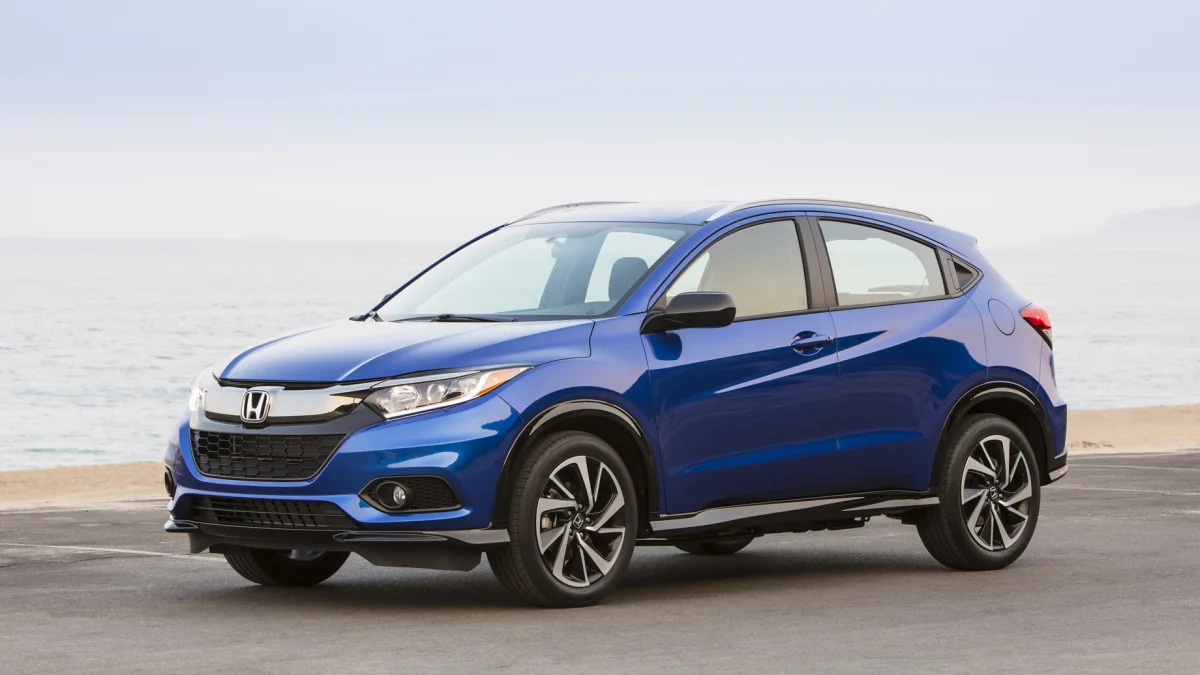









Sign in to post
Please sign in to leave a comment.
Continue